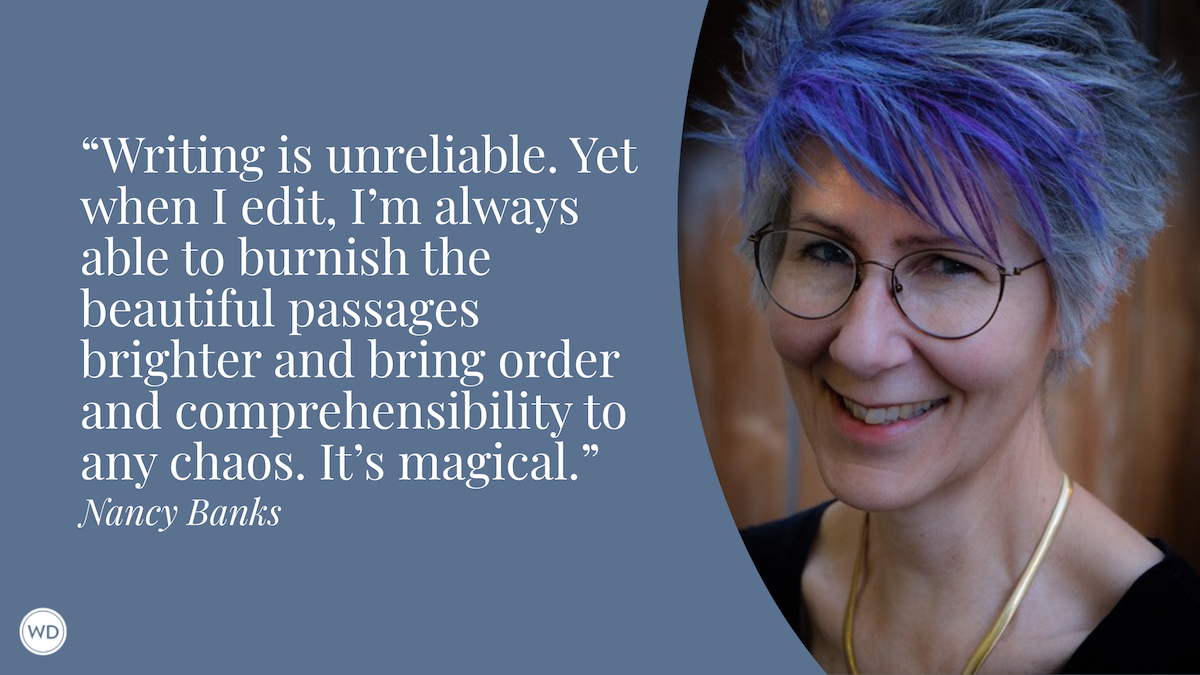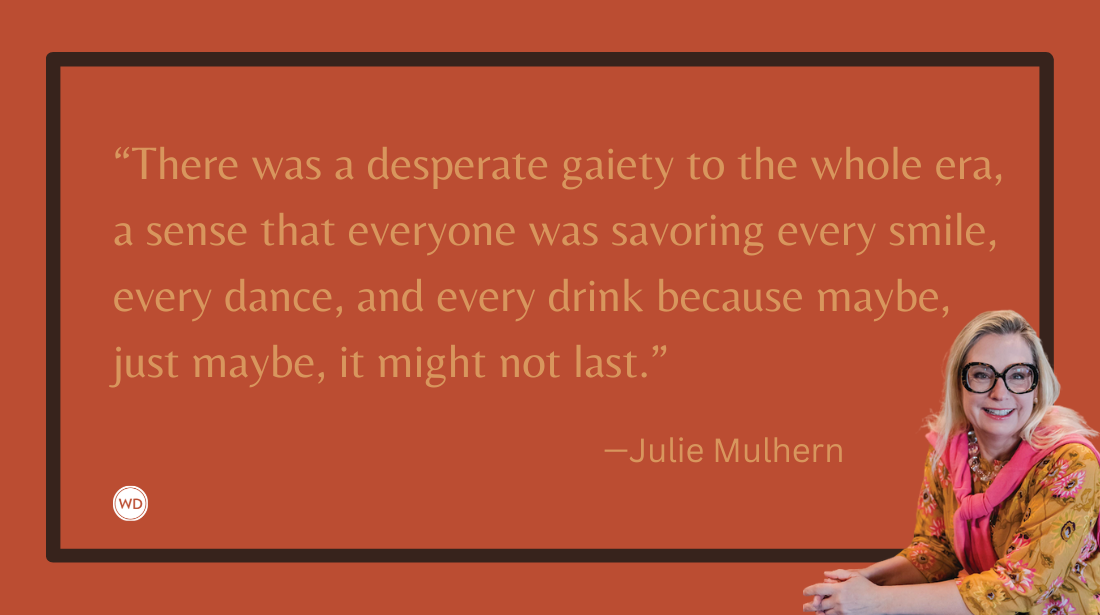10 Myths Writers Shouldn’t Believe About Fighting: FightWrite™
Trained fighter and author Carla Hoch shares 10 myths about fighting writers shouldn’t believe.
In my years of fighting and teaching fighting to writers, I’ve heard some doozies when it comes to hand-to-hand fighting myths. Most of these legends come from the screen. While movies and TV may try to imitate the reality of a fight, the ultimate goal is to entertain the viewer, which means some things have to be exaggerated or simply made up. The goal of word-of-mouth myths is the same: entertainment. They are generally even less reliable than what you see in the movies or TV because they don’t require a visual.
Here are the 10 myths that I run into most often. I kid you not when I say that some of these have been said to me in casual conversation with strangers. I often wear hoodies or shirts that have something to do with fighting on them. The ultimate goal is to keep me safe. I am far less likely to be attacked when I have on a shirt that reads, Want to learn Muay Thai? Irritate me and get a free lesson! However, those shirts also make me a wide-open target for some strange chats in the grocery store.
Myth 1: Women Fighters Fight Differently Than Men
Y’all, this one just makes me sigh so hard. I understand the confusion. I do. But the fact is, trained fighters are trained fighters. Not once in my years of training has the coach taught different skills to the genders. Any fighter’s strategy, be it on a mat, in a cage, or on a battlefield, is based on their build and natural ability. There are some techniques I don’t do well because I am smaller than most people. And, it the same for smaller men. So, if your character is a trained female fighter, she will not do “girl moves.” She will do moves that suit her size—not gender. Untrained females are altogether different. That’s not what we are talking about here. Untrained women do engage differently than men, and that’s a whole other post.
Myth 2: Technique Beats Size and Strength
Oh, if only. The purpose of technique is to get maximum efficiency with minimal effort. With technique, I can submit a man 100 pounds heavier than me in jiujitsu. But that is only because he is choosing to not just sit on my head and smother me. And, if I am against a man my exact size with my exact skills, he has a muscle advantage over me for the simple fact that he is a man and therefore has 33 percent more muscle per pound. Can my technique beat his? Sure. But he is far more able to muscle out of things than I am. Or, while I am trying to choke or arm-bar him, he may have the strength to just stand up with me then fall on me to make me let go. That has happened to me and my memory still has a bruise from it.
Myth 3: In a Fight, Being the Smaller Fighter is Better
Oh, how I wish this were so. Unless you’re a virus, being smaller isn’t generally better. Trust me on this. Taller people have a greater reach and heavier people have a greater potential to create force, plus they are just plain stronger. Can a smaller person overcome these? Yes. But they have to make an effort to compensate for being smaller. Larger people don’t generally have to compensate for being larger. Is that to say being smaller can’t work to your benefit? Of course not! If a big person is chasing me, I can climb up into one of those kids play places you see at fast food restaurants because I know the big person can’t follow me. However, that doesn’t defeat the larger opponent. It just delays the fight.
Myth 4: You Don’t Feel Pain When You Fight
Adrenaline lowers the pain response. So, the pain you feel in a fight is less than usual, and sometimes it doesn’t register. But that is not always the case. In Brazilian Jiujitsu, most submissions are based on pain. A BJJ player taps, or, accedes defeat, when they are in so much pain that they know they must stop or risk severe injury. Even in the case of a blood choke, before you lose consciousness, you often tap from the pain of the technique. If the pain response was gone when people fought, submissions wouldn’t exist.
Myth 5: You Feel Fear as You Fight
Another job of adrenaline is to dull emotions. In his book, The Gift of Fear: Survival Signals That Protect Us from Violence, Gavin deBecker writes that if you are afraid, it hasn’t happened yet. What he means is that once whatever it is that you are afraid of is in full swing, your brain and body will be so flush with adrenaline and so occupied by survival, you won’t feel the fear. So, when you say that your character is fighting and filled with fear at the same time, biology isn’t on the side of that being true.
Myth 6: You Can Drive Someone’s Nose Bone into Their Brain
Y’all … who started this one? I can’t tell you how many people have said it to me like it’s true. If it were, striking athletes would die by the dozens every day. First of all, have you ever seen a skull with a nose? No, you have not. That is because the nose is cartilage. There is a touch of bone at the top but it’s maybe a quarter of an inch.
By the way, you remember how I said my fight t-shirts got me into some strange conversations? Well, I had on a boxing hoodie and a grocery store manager, who was kindly bagging my groceries – I did appreciate that – told me and another bagger that if he were attacked, he’d palm-strike the assailant’s nose into his brain. I just nodded and smiled. He seemed to be enjoying the chat and again, I appreciated him bagging my groceries.
Myth 7: You Can Pick Up Someone by Their Neck and Chat with Them
This is such a trope and I blame Darth Vader. Look, outside of mystical powers such as The Force, picking up someone even a quarter of your weight by the neck and holding them out in front of you straight-armed isn’t doable. That’s not because of lack of strength. It is because holding that much weight out in front of your body will make you topple forward. Even if you were able to hold someone up like that by the neck, your grip would have to be tight because the neck isn’t solid. It’s kind of squishy. That grip would hinder their speech because of the pressure on the trachea. And, no matter what side of the neck you gripped, the hold would almost certainly staunch blood flow to the brain and make the poor person pass out. And, not for nothing, the cervical spine, the bit just below the skull, isn’t made to hold that much body weight.
Myth 8: 90 Percent of Fights Go to the Ground
This is often passed around in grappling arts and it is based on a study of law enforcement. What happens between the police and the people they are fighting isn’t what happens on the street day-to-day. There is a more updated study that shows about half of fights going to the ground. However, that study is based on CCTV footage so we don’t know how many of those people were compromised by drugs or alcohol. I was a high school teacher for years and I seldom saw hallway fights go to the ground. Did some? Yes. But not often. All that can be said for certain is that, in a fight, going to the ground is definitely a possibility.
Myth 9: Fights Last a Long Time
A study that analyzed almost 200 street fights found that the average length of time was 45 seconds. Only 20 percent stretched longer than one minute, and those fights seldom had a clear winner. If a fight was won by knock-out, it generally happened in the first 30 seconds.
Myth 10: Some People Are Just Born Knowing How to Fight
You might be born with great agility, coordination, and the ability to learn faster, but you are not born with skill. No Olympian just gets up and competes. They train very hard for a long time. Were they born with a mind and body that suited their sport? Maybe. But they were not born an Olympian. Fighters and writers are not born; they are made.
If you have heard some fight myths that I haven’t mentioned, please oh please send them to me. You know how lawyers like lawyer jokes? Well, fighters love fight myths. Reach out to me through the contact form on my site, FightWrite.net. I will happily mention them in a post or through social media. Let me know if you’d like credit for the myth.
ATTENTION, ATTENTION: In some upcoming posts, I will be open editing fight scenes so you can see a bit of the process. Please send me a short fight scene of no more than 200 words. I will not mention your name unless you’d like me to do so. Please send it to me no later than May 19th. Your less-than-perfect fight scene may be the very thing another writer needs to become better at their craft.
Until the next round with FightWrite™ on the WD Blog, get blood on your pages!
Carla Hoch is the award-winning blogger of FightWrite® and author of the Writer’s Digest book Fight Write: How to Write Believable Fight Scenes. She is a WDU instructor who regularly teaches on the craft of writing fight scenes, action, and violence as well as the mechanics of fighting for writers. Carla is a world champion jiujitsu player and has experience in almost a dozen fighting styles. She lives and trains outside Houston, Texas.









